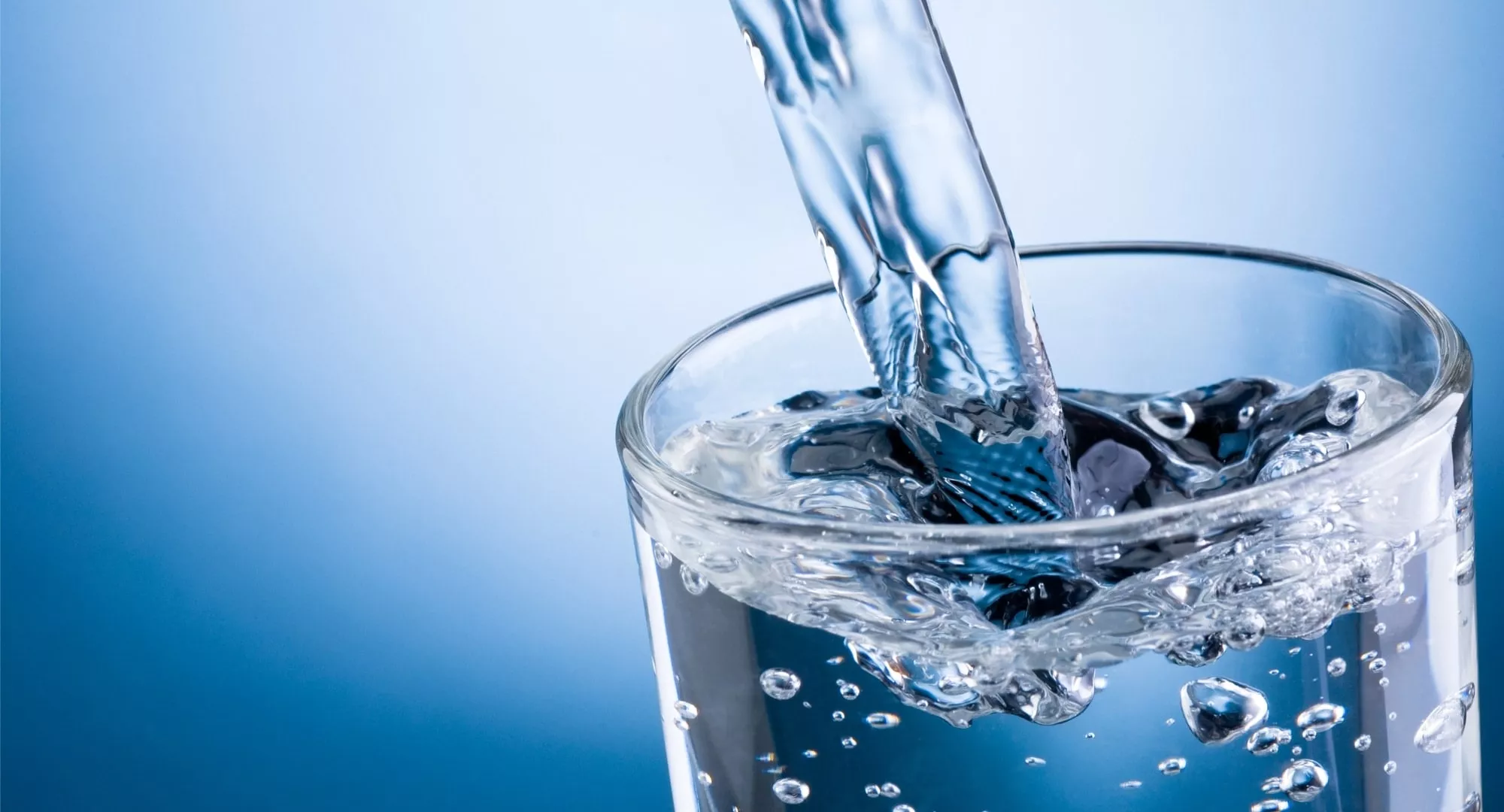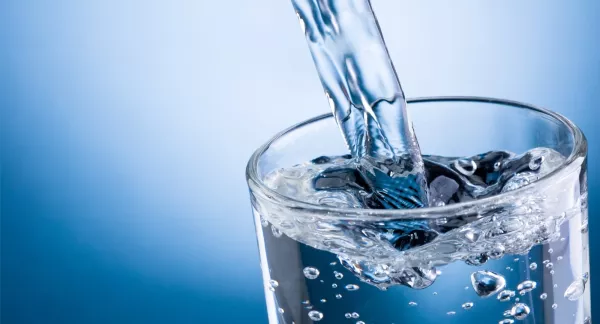
Secondary Wastewater Effluent Disinfection Using Tin Oxide Anode Technology
Abstract
The results of this research show that tin oxide anodes have the potential to be an efficient disinfection process, and that common water quality constituents found in secondary effluents have minimal effect on tin oxide anode activity and coliform disinfection rates. This minimal interference from alkalinity, chemical oxygen demand, and ammonia nitrogen is related to the mechanisms involved at the anode and cathode; hydroxyl radical, which is scavenged by carbonate and reduced species, is not a primary disinfection mechanism. Tin oxide anodes have the potential for multi-log inactivation of coliform bacteria within minutes at costs comparable to UV disinfection. Furthermore, the process is not affected by water quality parameters such as suspended solids and chemical oxygen demand. Published by WERF. 84 pages. Soft cover and online PDF.
Originally funded as WERF project 02-CTS-6.

